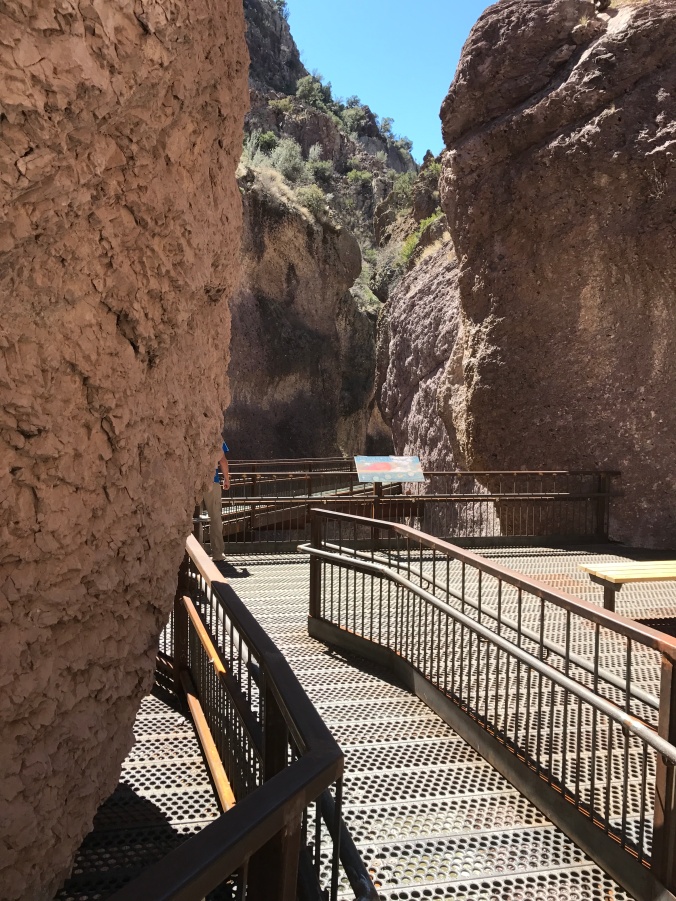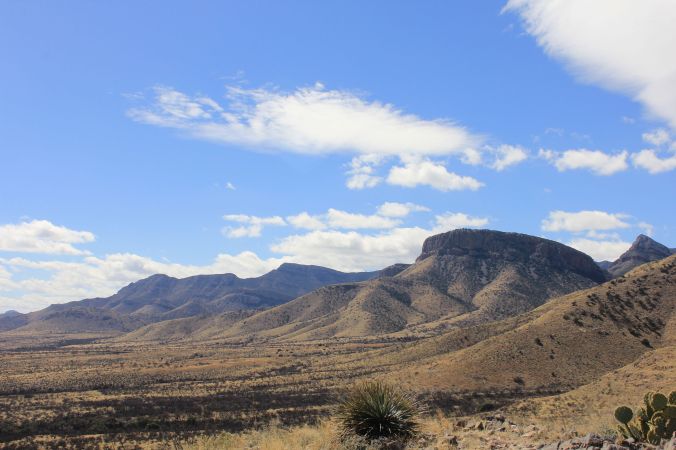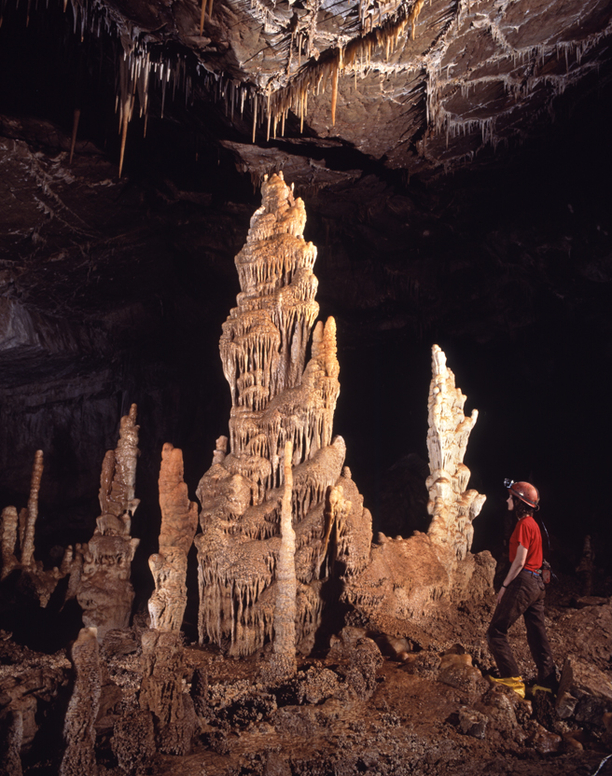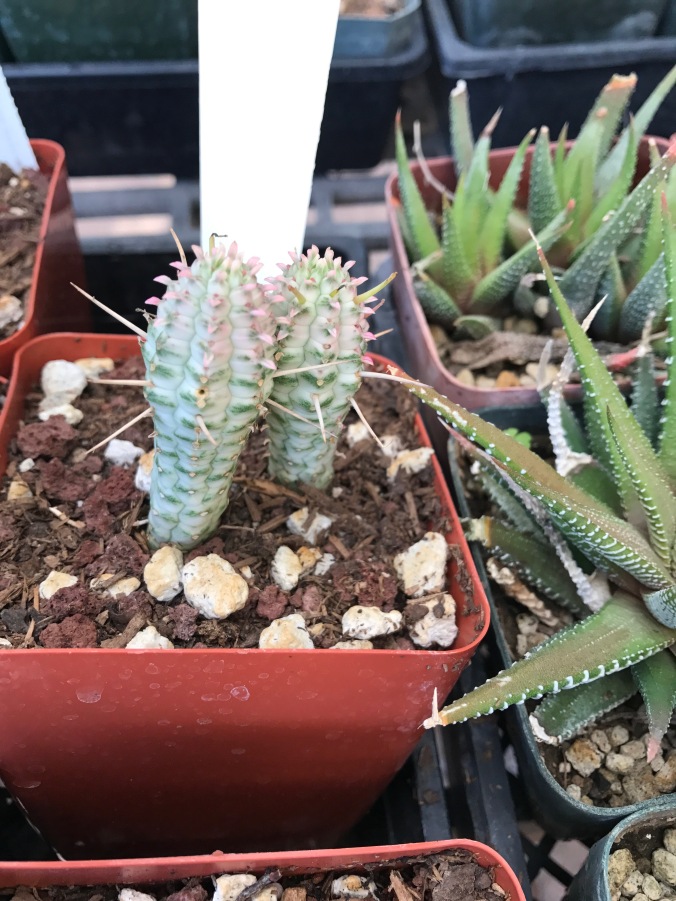Having gone from cooking in a home with copious amounts of counter space to an RV with a tiny kitchen hasn’t dampened my enthusiasm for cooking. I have learned a few tricks along the way from cooking in our small boat galley which have helped me make the transition to life on the Road House.

I really did have to pare down the gadgets, dishes and cookware when we moved onto the Road House but so far I don’t feel like I am really missing anything. I keep my essentials in the precious storage space in the kitchen. To get this anointed space, they must be things I use daily or at least often. It is still a challenge in that when I want one thing, it seems I have to move six things to get it but c’est la vie…I have time right??? The one thing I did shed was my crockpot but to be fair it was replaced with an Instant Pot…which I LOVE and use often. The non-essentials like my paella pan, fondue pot, etc are in a plastic crate in the basement storage compartment in the RV, along with a few things we should have never brought along (that’s another story), Wally’s tools, extra dog food, cases of wine, etc.
From a quick cleanup idea to how to get more temporary prep space, here are my top 10 tricks to stay sane in my tiny kitchen.
1. Clean as you go:
When you cook in a tiny kitchen, it doesn’t take much for it to become really messy, really fast. Cleaning as you go is crucial, The last thing I want to see is a big ole mess when I am done eating my fabulous meal and enjoying a great glass of wine.
2. Built-in oven/stove/sink covers that double the counter space:
I get more prep space with the stove and sink covers. The sinks have covers so I really utilize that space when I am doing my magic in the kitchen. The stove/oven also has a folding cover which really extends the counter space.



3. Peel vegetables over a paper towel for quick cleanup:
When you only have a small bit of space to do all your prep work, it’s helpful if, when you finish one task, you can clear it off quickly for the next. One way to do that is to peel vegetables over a paper towel or mat. When you’re finished, just scoop up the towel (and peels) and throw it in the trash. Instantly clean counter!
4. Use a multi-tier fruit basket:
If I am going to give up precious counter space it is for something that I use often so its great when it actually provide more space. I needed a fruit basket and the Mikasa Spindle 2-Tier Adjustable Basket was just the ticket. It fits perfectly in a hard to utilize space behind my angled sink. By going vertical, I expanded my space, the baskets can be used separately and it stows easily when we are underway as it is three separate pieces.

5. Rinse and reuse tools and utensils instead of grabbing new ones:
I have reduced the number of measuring cups, cutting boards and cooking utensils I have onboard teh Road hosue. While it may be helpful to have options while you cook, it only makes cleaning up that much harder! Try this instead: Use the same tools throughout the whole cooking session. When it comes to your mixing bowls, tools, and utensils, rinse and reuse what you’ve already got out instead of grabbing for a new clean one (and multiplying your mess).
6. Harness the power of the multi-tasking gadget:
If there’s one thing every small kitchen needs, it’s an immersion blender. This amazing multi-tasking tool can often replace a number of larger, clunkier appliances, and because it’s so easy to clean and reuse, it’s an amazing thing to have around when you’re cooking in a tiny space. My beloved Instant Pot is another multi-use gadget, pressure cooker, slow cooker, rice cooker, sauté pan…the list goes on!

7. Use every available space:
The Road House is definitely lacking in pantry space so my microwave and oven double as storage. Not always convenient when you want to use them but where else would I store the baking pans, placemats and all my cutting boards? Funny, but I use all those things more than I use the oven. Same goes for the microwave oven – it is the perfect place to store open bags of cracker, chips or a loaf of bread. We have a Traeger which we use almost every night – it even makes a great pizza oven.
8. Use a magnetic knife strip:
I love a good, sharp knife and 11 of them made the cut (ha-ha) and are on the RV. The magnetic knife strip freed up so much precious drawer space. I admit I was a bit nervous about how well the knifes would ride while we are underway but so far so good. No one has been attached by a rogue knife…yet!

9. Nesting and stacking is essential:
It’s super frustrating when you’re cooking in a small kitchen to feel like you’re always dealing with cramped cabinets, and annoying to have to rummage for a pan at the last minute. Well, that’s life on an RV or a Boat but I do reduce my frustration by nesting and stacking. Often used items get front row space, while the other essential but less used items as in the back of the cupboards. The drawers in the Roadhouse kitchen are really deep, so I utilize stackable drawer organizers which allows me to have all my favorite gadgets. Again, essentials get top drawer space. The I can’t live without you, but don’t use you very often gadgets are in the bottom trays. It is fun to rediscover a favorite gizmo occasionally!
10. Make a shopping list/meal plan:
I know that seems basic but with my limited space, I have to minimize impulse purchases because there is simply no unused space in the interior cabinets. I don’t keep quite as extensive a pantry as I did in the house. I have all the essentials but try to use dry goods like rice, dry beans or grains quicker. For example, instead of buying canned black beans, I whip up a batch in the Instant Pot and freeze the amount I don’t need at the time. Spices, well that’s another story…hasn’t been much cutting back or consolidating there. I love Penzy’s spices and this gal can always cram another variety in the cupboard.
I am sure I will learn some more tricks along the way and find some new recipies I can’t wait to try. Last nights dinner was a tried and true, Orecchiette pasta with Caramelized Garlic, Sausage and Broccoli.

So delicious and I didn’t even total the tiny kitchen too bad!!!










 The RV Ranch is just that, a sprawling piece of land, gravel roads with big spacious RV sites that each have a privacy corrals, evergreen juniper shrubs and trees. You enter through the gate with an old western arch.
The RV Ranch is just that, a sprawling piece of land, gravel roads with big spacious RV sites that each have a privacy corrals, evergreen juniper shrubs and trees. You enter through the gate with an old western arch.

























































